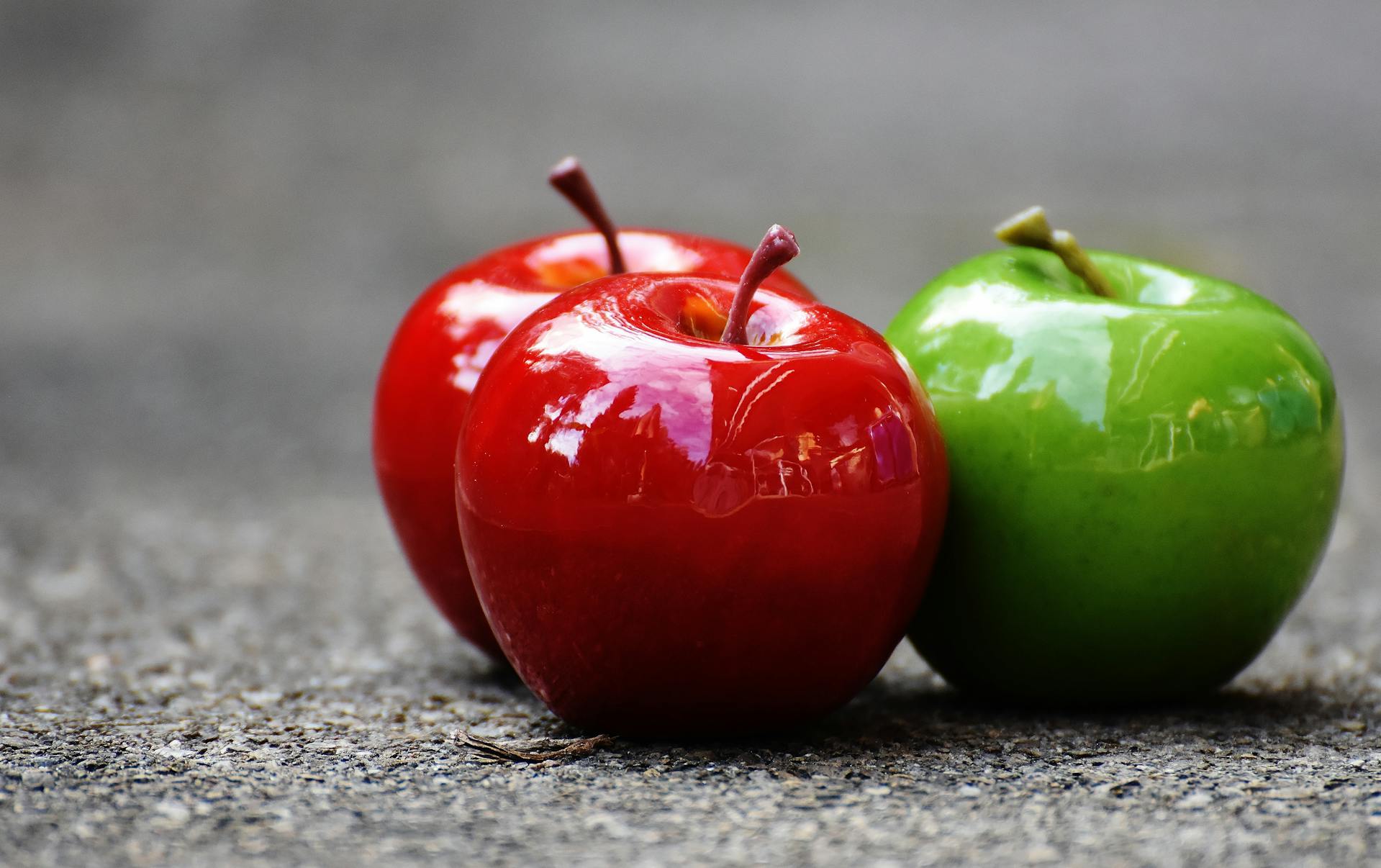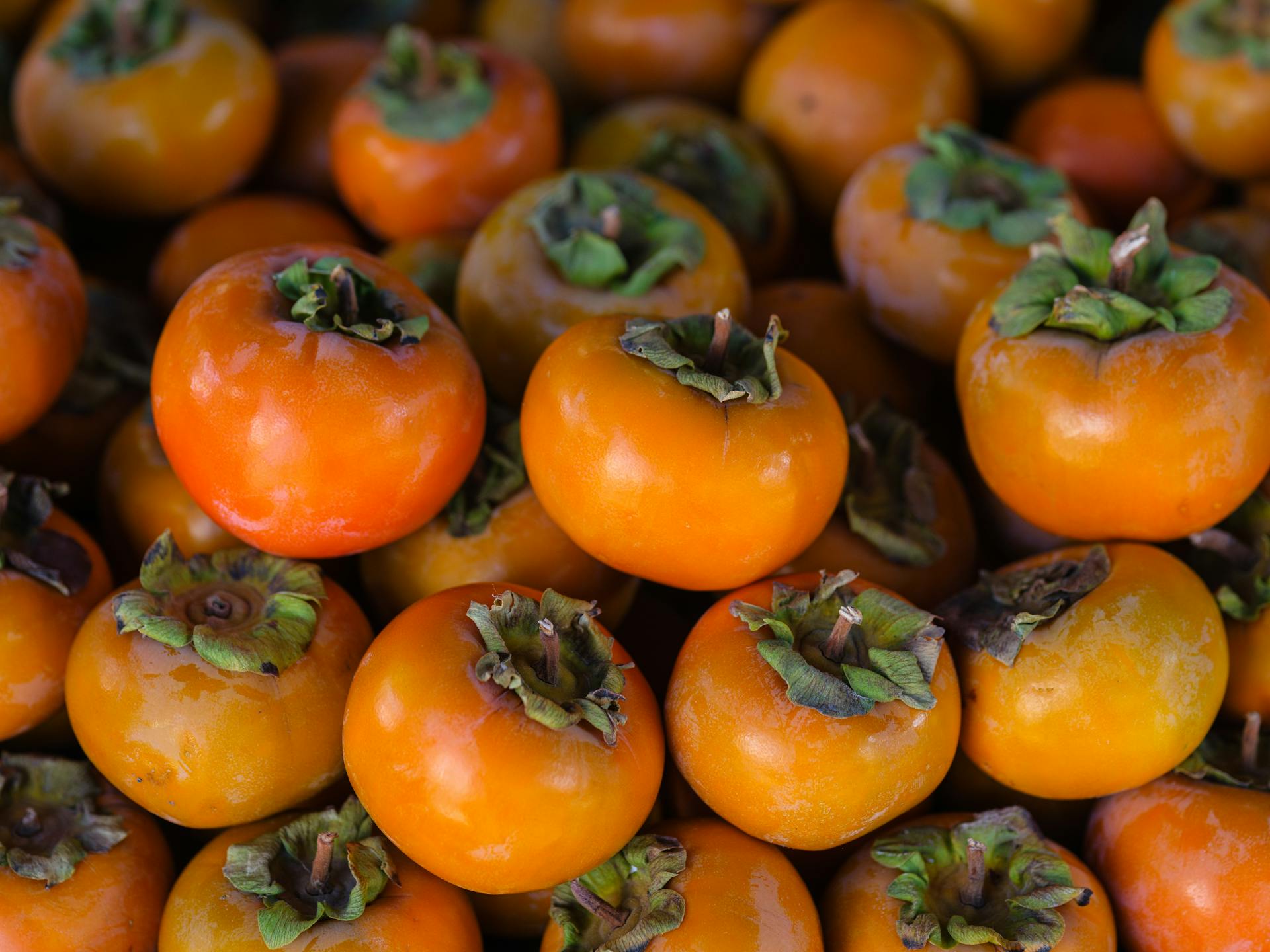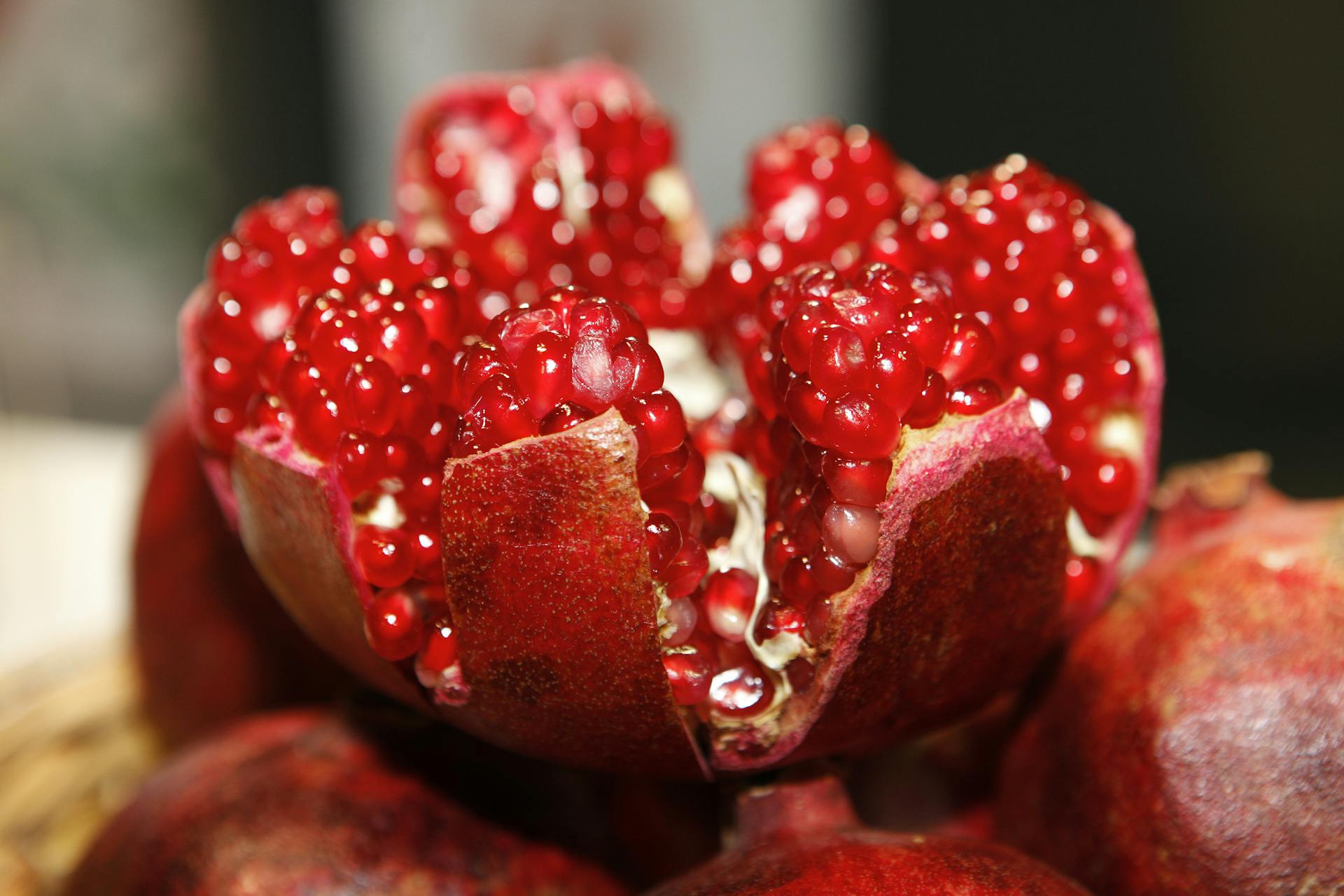When you think of fall, most people immediately think of vibrant cornucopias and heavy desserts. But fall is bursting with just as many juicy fruit options that rival summer’s bounty. If you’re looking for a healthier alternative to sugary snacks or want a way to brighten up your favorite fall dishes, keep reading to see our picks for the best fall fruits.
We’ll even give you a few of our favorite fall fruit recipes to try.
Cranberries
When autumn arrives, cranberries quickly come to mind as a quintessential fruit of the season. Whether in a homemade cranberry sauce or your favorite fall cocktail, these small berries offer a delightful burst of flavor along with impressive health benefits.
While cranberry juice is popular, opting for unsweetened varieties maximizes the nutritional advantages without the added sugars. One cup of chopped cranberries delivers approximately 5 grams of dietary fiber, promoting a healthy digestive system and supporting a balanced gut microbiome.
Research highlights several health benefits associated with cranberries:
Cancer prevention
Studies suggest that cranberry extract may help inhibit the growth of certain cancer cells, particularly prostate and colon cancer, thanks to its high antioxidant content.
Reduced inflammation
Compounds found in cranberries, such as quercetin and ursolic acid, may help lower inflammation markers in the body, contributing to overall health.
Improved urinary tract health
The proanthocyanidins in cranberries prevent E. coli bacteria from adhering to the bladder wall, potentially reducing the risk of urinary tract infections by about one-third.
Cranberry recipes to try this fall:
Pumpkin

Though technically a fruit, the pumpkin belongs to the gourd family (Cucurbitaceae), which also includes cucumbers, melons, and squashes. While its savory flavor often leads to its classification as a vegetable in culinary contexts, pumpkins are incredibly versatile fruits.
Available year-round in canned form, pumpkins can be enjoyed in various dishes anytime. However, if you’re looking to savor the freshest produce, most varieties are in season during this time of year.
The vibrant orange hue of pumpkins is a telltale sign of their rich antioxidant content, particularly beta-carotene, which helps combat oxidative stress and may lower the risk of chronic diseases.
In fact, one cup of pumpkin provides about one-third of your daily recommended intake of potassium, making it a nutritious addition to your diet.
Pumpkins are also a beloved staple in many fall celebrations, such as Halloween and Thanksgiving, making them a delightful choice for festive meals. Whether in savory soups or sweet pies, there’s no shortage of ways to incorporate this iconic fruit into your cooking.
Pumpkin recipes to try this fall:
Apples

Another favorite that’s available year-round is the mighty apple. However, most varieties are at their peak freshness and ready for harvest in early fall. As autumn brings cooler weather, apple orchards come alive with vibrant hues, making it the perfect time to enjoy this versatile fruit.
Different apple colors can indicate varying nutrient levels, but there’s no need to stress over it too much. Green apples are tart and ideal for baking delicious pies and crumbles, perfect for cozy fall gatherings.
Meanwhile, red and yellow varieties not only add a pop of color to your seasonal decor but also offer unique benefits, making them a great addition to your autumn recipes.
Eating fruit in its natural form is the best way to maximize health benefits, particularly its fiber content as the soluble fiber in apples may help regulate blood sugar levels. This is particularly important if you have health conditions like diabetes or prediabetes.
However, unsweetened juices can be a delightful alternative to full sugar options, adding a splash of fall flavor to desserts and cocktails.
Apple recipes to try this fall:
Persimmons

Persimmons come in several varieties, with the two most popular being the American persimmon and the Japanese persimmon.
The American persimmon (Diospyros virginiana) is typically smaller and usually round or oval in shape. When ripe, they have a rich, sweet flavor, often described as a mix of honey and apricot. However, if eaten unripe, they can be quite astringent and bitter.
On the other hand, the Japanese persimmon (Diospyros kaki) is larger, often resembling a tomato in shape, and features a smoother skin. These are generally sweeter and milder, with a flavor reminiscent of a mix between a mango and an apricot. They can be enjoyed while still firm, offering a crisp texture, or allowed to soften for a more custardy, honey-like sweetness.
In Japan, persimmons are symbols of good luck and are often given as gifts during the New Year.
They typically ripen from late summer through autumn, making them a perfect addition to seasonal recipes and festivities.
Persimmon recipes to try this fall:
Pomegranates

Pomegranates might seem a bit tricky to open and enjoy, but the effort is absolutely worth it! Once you crack one open, you’re greeted with a treasure trove of juicy seeds that burst with flavor. Plus, these hardy fruits have an impressive shelf life, lasting for weeks after being picked.
This fruit is typically in season from October to January making them the perfect addition to your diet.
Typically in season from October to January, pomegranates make a fantastic addition to any fall recipe. While their juice has become quite trendy, pomegranates have a long history of medicinal uses. Recently, they’ve garnered attention for their potential to help prevent atherosclerosis and reduce inflammation.
In addition to protecting cells from damage, pomegranates contain antioxidants that help combat oxidative stress. Several studies suggest that pomegranates can lower blood pressure, lower cholesterol levels, and reduce arterial plaque buildup, all of which are associated with improved cardiovascular health.
Pomegranate recipes to try this fall:


